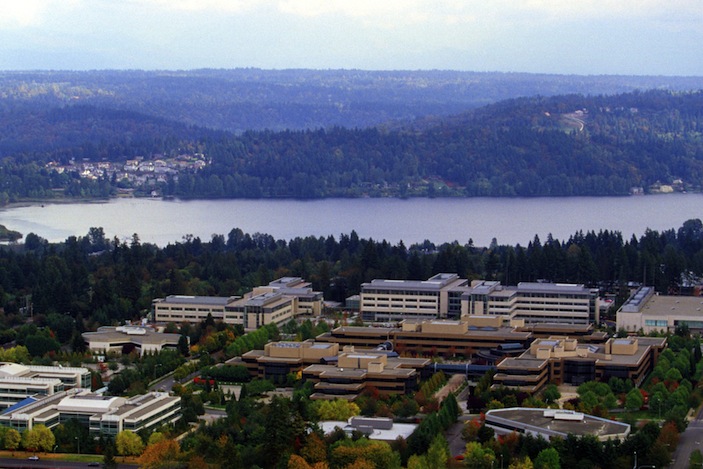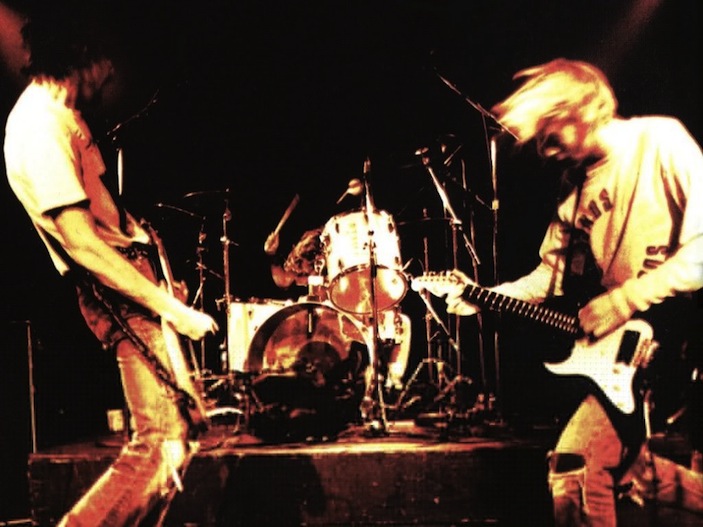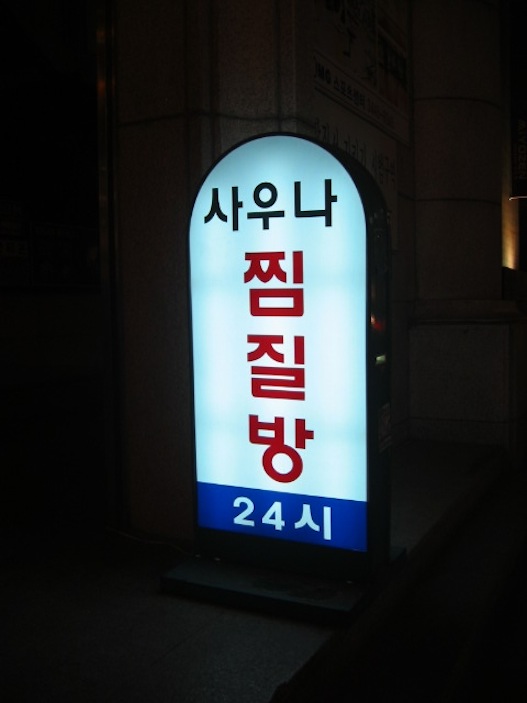Before 1990 or so, Seattle was a blue collar, industrial city tucked away in the Pacific Northwest. A manufacturing stronghold, it was home to one of the world’s largest aircraft makers—Boeing—and an active naval shipyard. It had a few professional sports teams, a large state university, and a lot of rain. Rain, in fact, was probably what the city was most known for.
That all started to change in 1986. It was in that year that Bill Gates decided to take his obscure computer software company public, giving it a home in the Seattle suburb of Bellevue. The next year, a man named Howard Schultz acquired a small coffee company, with just six stores in Seattle. And a year after that, two kids from the coastal town of Aberdeen, Washington—about two hours away—showed up in Seattle with their guitars and a vision.
That obscure software company, Microsoft, would end up becoming the most important name in the beginning of the digital revolution, creating three billionaires and an estimated 12,000 millionnaires among its employees. Seattle was now at the center of the technology world—Silicon Valley before Silicon Valley—and a city with significantly greater purchasing power as well.

What Microsoft has grown into in suburban Seattle
As for the coffee company, well, it just so happened that Schultz had visited Milano, Italy earlier that year and noticed that there was a coffee bar in just about every corner. People did not just patronize them to fill up on coffee, but rather to meet and greet with friends and colleagues—they were a part of Italy’s social fabric. He decided to try to apply this concept to his new purchase, a little company called Starbucks, and the idea of coffeehouse-as-meeting-place would storm the nation and eventually the world. Today, Starbucks has more than 20,000 stores in over 60 countries.

A look inside the first Starbucks today
And those kids—Krist Novoselic and Kurt Cobain—would create a band called Nirvana and with it, an entire counterculture. Grunge music was born, and more significantly, Seattle as the creative hub that spawned it. Seattle had had famous musicians before—think Jimi Hendrix—but he in particular spent the majority of his active years in London and elsewhere. Nirvana truly made Seattle home, and the city that had previously had a small music scene went on to produce Pearl Jam, Soundgarten and Alice in Chains among others.

Nirvana’s performances gave life to Seattle’s dormant music scene
Today, Seattle is regarded as anything but blue collar–a technology hub with an artistic, coffee house culture full of youth and creative energy. For this, it can look back on the years 1986-1988, and those few individuals that sparked the evolution from industrial port city to what it is today, and give thanks.

Seattle is moving at top speed today
.jpg)
















